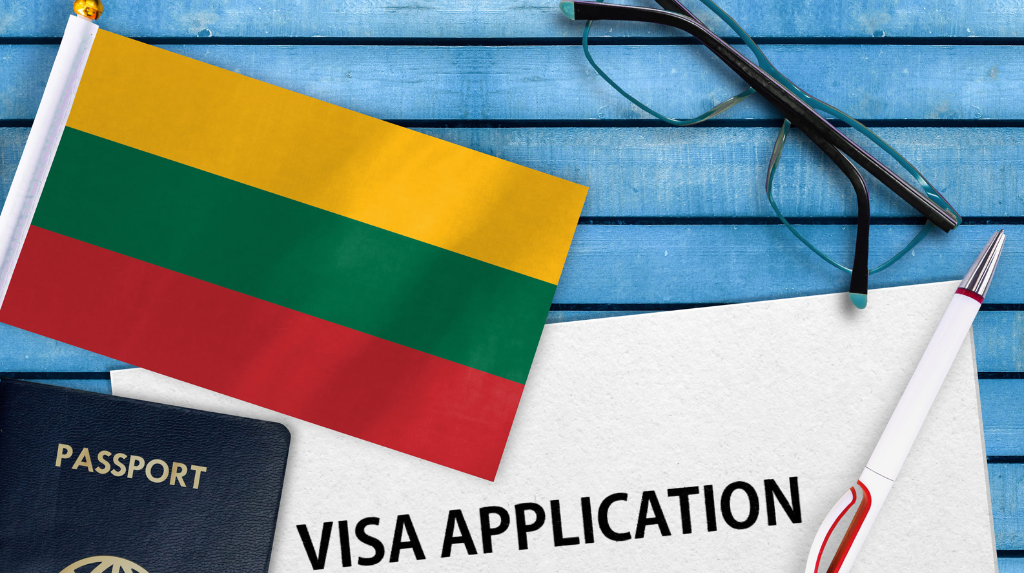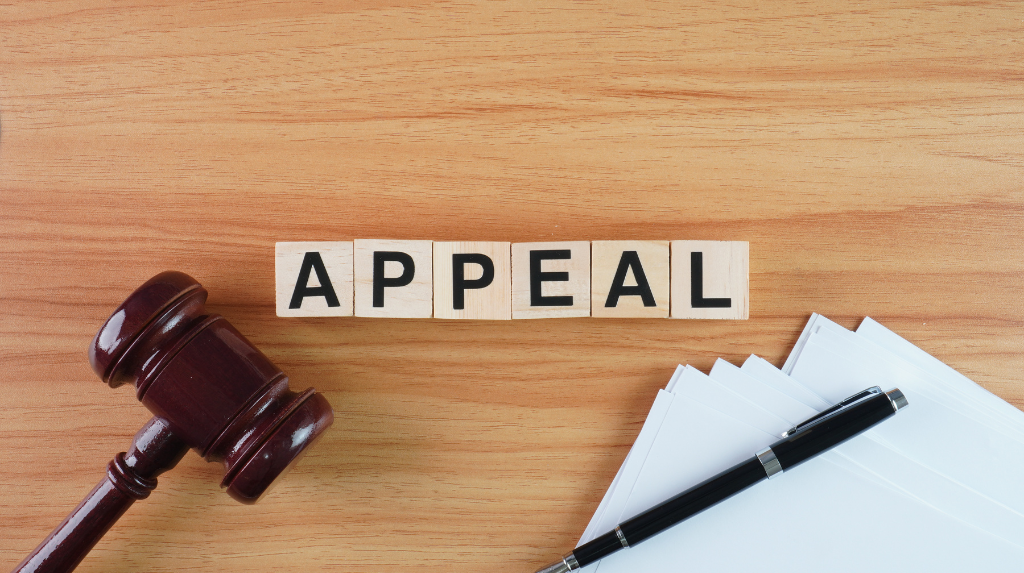Lithuania, a beautiful Baltic country in Northern Europe, beckons travelers with its rich history, stunning landscapes, and vibrant culture. If you’re planning a trip to Lithuania, obtaining a visa is a crucial step. This comprehensive guide will walk you through the process of getting a Lithuanian visa, ensuring a smooth and stress-free experience.
Types of Lithuanian Visas
Before applying for a visa, it’s important to identify the type of visa that suits your travel purpose:
Short-Stay Schengen Visa (Type C): This visa is ideal for individuals planning a short visit to Luxembourg or any other Schengen country. It allows you to stay for up to 90 days within a 180-day period. This visa is typically used for purposes such as tourism, short business trips, attending conferences or trade fairs, or visiting family and friends. The 90 days can be used either in a single visit or multiple visits depending on the visa granted.
Long-Stay National Visa (Type D): If you’re planning to stay in Luxembourg for longer than 90 days, the Long-Stay National Visa, also known as a Type D visa, is the appropriate choice. This visa is suitable for various long-term purposes including employment, study, family reunification, or long-term business projects. The requirements and application process for a Type D visa are generally more stringent and detailed, given the extended duration of stay.
Step-by-Step Guide to Applying for a Lithuanian Visa
Determine Your Visa Type
Assess your travel purpose and duration to choose between a short-stay Schengen visa or a long-stay national visa.
Gather Required Documents
Commonly required documents include:
Valid Passport: Your passport should have at least two blank pages and must be valid for at least three months beyond the date you intend to leave the Schengen area.
Completed and Signed Visa Application Form: Make sure to fill out the application form accurately and sign it. Any incomplete or incorrectly filled forms can lead to delays or rejection of the application.
Recent Passport-Size Photographs: Provide passport-size photographs that are recent (usually taken within the last six months) and adhere to the specified dimensions and background colour.
Travel Itinerary and Accommodation Details: This includes your flight reservations, a detailed travel itinerary, and proof of accommodation for the duration of your stay, such as hotel bookings.
Proof of Sufficient Financial Means: Demonstrate that you have enough funds to cover your stay. This can be through bank statements, a letter of sponsorship, or travellers’ cheques.
Travel Health Insurance: Obtain travel insurance that covers at least 30,000 Euros and is valid throughout the Schengen area. This insurance should cover any expenses that might arise in connection with repatriation for medical reasons, urgent health attention, and/or emergency hospital treatment.
Supporting Documents Specific to Your Visa Type: Depending on the purpose of your visit, additional documents may be required:
- For a business visa, an invitation letter from the company you are visiting.
- For a tourist visa, provide evidence of your itinerary.
- For a student visa, proof of enrollment at an educational institution.
- For a work visa, an employment contract or offer letter.
Schedule an Appointment
Contact the nearest Lithuanian embassy or consulate to schedule a visa application appointment. Some countries may offer online appointment booking.
Attend the Visa Interview
On the day of your appointment, arrive on time with all necessary documents. You may be required to undergo a short interview where you’ll be asked about your travel plans and purpose.
Pay the Visa Fee
Visa fees vary based on the visa type and applicant’s age. Payment methods and exact fees can be confirmed on the embassy’s website.
Submit Biometric Data
Most applicants will need to provide biometric data, including fingerprints and a digital photograph, as part of the application process.
Track Your Application
After submission, track your application status online or through the embassy. Processing times can vary, typically ranging from a few days to a couple of weeks for short-stay visas.
Collect Your Visa
Once approved, collect your visa from the embassy or consulate. Carefully check the visa details for any errors.
Tips for a Successful Lithuanian Visa Application
Applying for a Lithuanian visa can be a smooth process if you follow these key tips. Careful preparation and attention to detail can significantly increase the likelihood of your application being approved without delays.
Double-Check Requirements
Visa requirements are subject to change, so it’s essential to have the most current information. Always refer to the official Lithuanian embassy or consulate website for the latest guidelines and requirements for visa applications. This step ensures that you are aware of any recent changes in the application process, required documents, or fees.
Ensure Document Accuracy
Inaccurate or incomplete documentation is a common reason for visa application delays or outright rejections. Make sure that:
- Your passport has at least two blank pages and is valid for at least three months beyond your planned departure from the Schengen area.
- The application form is filled out correctly and completely.
- All required documents, such as proof of accommodation, travel itinerary, and financial means, are up-to-date and clearly legible.
Plan Ahead
Visa processing times can vary, especially during peak travel seasons or due to administrative workload. To avoid any inconvenience, it’s recommended to apply for your visa well in advance of your planned travel date. This foresight gives you enough time to accommodate any unexpected delays in the visa processing.
Be Honest and Clear
During the visa interview, be transparent and straightforward in your responses. The consulate staff will appreciate honesty, and it will help them understand your travel intentions better. Be prepared to clearly explain:
- The purpose of your visit to Lithuania.
- Your travel itinerary.
- How do you plan to fund your trip?
Keep Copies
It’s always a good practice to keep copies of all documents submitted with your visa application, including the application form itself. Having these copies can be useful if there are any questions about your application or if you need to reapply in the future.
Additional Considerations
- Visa Refusals: If your application is refused, you’ll receive a reason for the refusal. You may appeal the decision or reapply, addressing the reasons for refusal.
- Visa Extensions: It’s challenging to extend visas once in Lithuania. Plan your stay accordingly.
- Health and Safety: Follow travel advisories and health guidelines, especially in light of the COVID-19 pandemic.
In conclusion, applying for a Lithuanian visa requires careful preparation, but with the right guidance, it can be a straightforward process. By understanding the steps involved, gathering the necessary documents, and following the tips outlined in this guide, you’ll be well on your way to exploring the beautiful country of Lithuania.
Remember: Always refer to the Lithuanian embassy or consulate for the most accurate and up-to-date visa information.
Do you need assistance with your Lithuanian visa application?
Contact our team of skilled immigration lawyers to discuss your visa and immigration needs Call us on +234 812 5505 986 or WhatsApp us at +234 818 1547 085 for immediate assistance with your situation. We are available to assist you in person, over the phone, or online.





